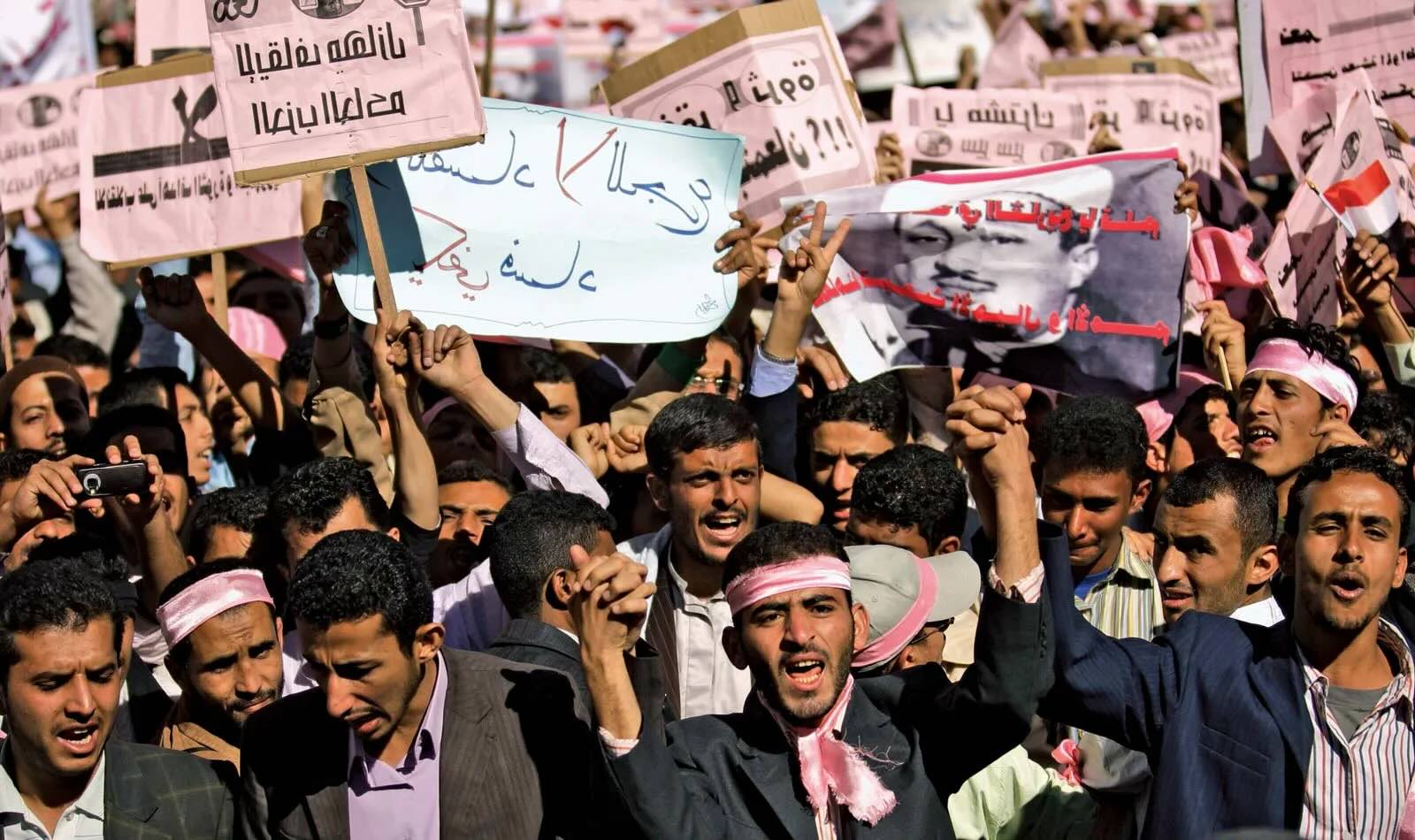
What was the Arab Spring? The Arab Spring was a series of pro-democracy uprisings that swept through the Arab world starting in late 2010. It began in Tunisia after a street vendor set himself on fire in protest of police corruption and ill treatment. This act sparked widespread protests that led to the ousting of Tunisia's president. The movement quickly spread to other countries like Egypt, Libya, Yemen, Syria, and Bahrain. People demanded political reform, greater freedoms, and an end to corruption. While some nations saw significant changes, others faced brutal crackdowns and ongoing conflict. The Arab Spring reshaped the political landscape of the Middle East and North Africa, leaving a lasting impact on the region.
What Sparked the Arab Spring?
The Arab Spring was a series of anti-government protests, uprisings, and armed rebellions that spread across much of the Arab world in the early 2010s. It began in Tunisia in December 2010 and quickly spread to other countries.
- The Arab Spring began in Tunisia when Mohamed Bouazizi, a street vendor, set himself on fire in protest of police corruption and ill-treatment.
- Bouazizi's act of self-immolation on December 17, 2010, became a catalyst for the Tunisian Revolution and the wider Arab Spring.
- Social media played a crucial role in spreading the news of Bouazizi's protest and organizing subsequent demonstrations.
Countries Affected by the Arab Spring
The movement quickly spread from Tunisia to other countries in the region, each with its unique set of circumstances and outcomes.
- Egypt saw massive protests that led to the resignation of President Hosni Mubarak after nearly 30 years in power.
- In Libya, the protests escalated into a civil war, resulting in the death of Muammar Gaddafi.
- Syria's protests turned into a prolonged and devastating civil war that continues to this day.
- Yemen experienced a political crisis that led to the resignation of President Ali Abdullah Saleh.
- Bahrain saw significant protests, but the government managed to suppress the uprising with the help of neighboring countries.
- Protests in Algeria led to some political reforms but did not result in a change of government.
- Morocco experienced protests that led to constitutional reforms and increased powers for the parliament.
Key Figures and Groups
Several individuals and groups played pivotal roles in the Arab Spring, either as leaders of the protests or as symbols of the movement.
- Wael Ghonim, an Egyptian internet activist, became a prominent figure after his Facebook page helped organize the January 25 protests in Egypt.
- Asmaa Mahfouz, another Egyptian activist, posted a video on Facebook urging people to join the protests, which went viral.
- The April 6 Youth Movement in Egypt was instrumental in organizing and sustaining the protests.
- In Tunisia, the General Labour Union (UGTT) played a significant role in mobilizing workers and coordinating strikes.
Role of Social Media
Social media platforms like Facebook, Twitter, and YouTube were crucial in organizing protests and spreading information.
- Facebook was used to create event pages and groups to organize protests and share information.
- Twitter allowed real-time updates and helped spread news quickly, both locally and internationally.
- YouTube was used to upload videos of protests and police brutality, garnering international attention.
- Hashtags like #Jan25 and #SidiBouzid became symbols of the movement and helped unify protesters.
Outcomes and Consequences
The Arab Spring had a wide range of outcomes, from successful revolutions to ongoing conflicts.
- Tunisia is often cited as the most successful case, transitioning to a democratic government.
- Egypt initially saw a transition to a democratically elected government, but a military coup in 2013 led to the current regime.
- Libya descended into chaos and civil war, with multiple factions vying for control.
- Syria's civil war has resulted in hundreds of thousands of deaths and a massive refugee crisis.
- Yemen's political crisis led to a civil war that has caused a humanitarian disaster.
- Bahrain's government managed to suppress the protests, but tensions remain high.
- Algeria and Morocco saw some political reforms but largely maintained their existing power structures.
International Reactions
The international community had varied responses to the Arab Spring, from support to condemnation.
- The United States initially supported the protests but later faced criticism for inconsistent policies.
- The European Union called for democratic reforms and supported some of the transitional governments.
- Russia and China generally opposed the uprisings, citing concerns about stability and sovereignty.
- Neighboring Gulf countries like Saudi Arabia and the UAE provided support to suppress uprisings in Bahrain and Yemen.
- International organizations like the United Nations and Amnesty International condemned human rights abuses and called for peaceful resolutions.
Reflecting on the Arab Spring
The Arab Spring reshaped the Middle East and North Africa. It began in Tunisia in late 2010, quickly spreading to countries like Egypt, Libya, and Syria. People demanded democracy, human rights, and economic reforms. Social media played a huge role in organizing protests and spreading information. While some nations saw positive changes, others faced prolonged conflict and instability. The movement highlighted the power of collective action and the desire for change. However, the outcomes were mixed, with some regions still grappling with the aftermath. The Arab Spring remains a significant chapter in modern history, showing both the potential and challenges of grassroots movements. Understanding these events helps us grasp the complexities of political and social change in the region.
Was this page helpful?
Our commitment to delivering trustworthy and engaging content is at the heart of what we do. Each fact on our site is contributed by real users like you, bringing a wealth of diverse insights and information. To ensure the highest standards of accuracy and reliability, our dedicated editors meticulously review each submission. This process guarantees that the facts we share are not only fascinating but also credible. Trust in our commitment to quality and authenticity as you explore and learn with us.
